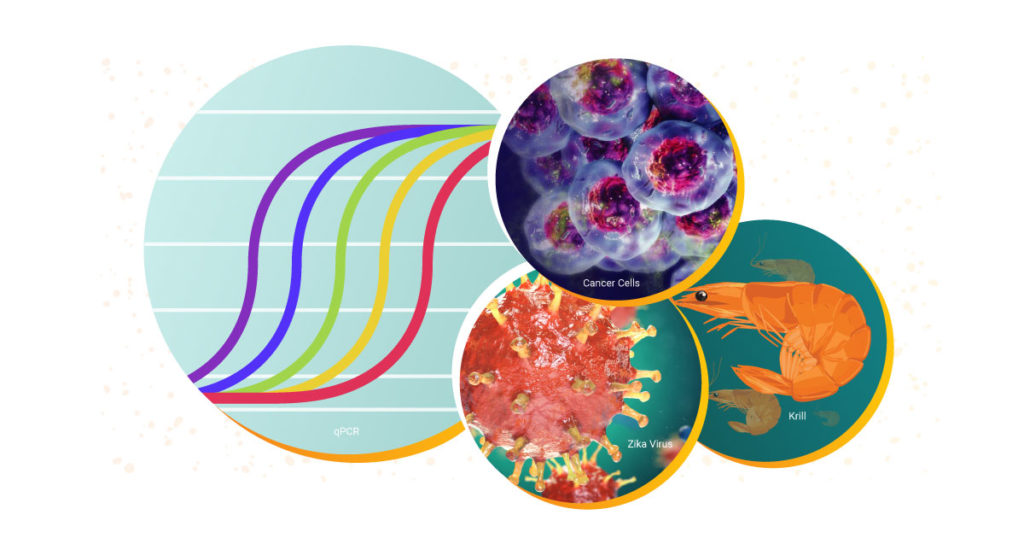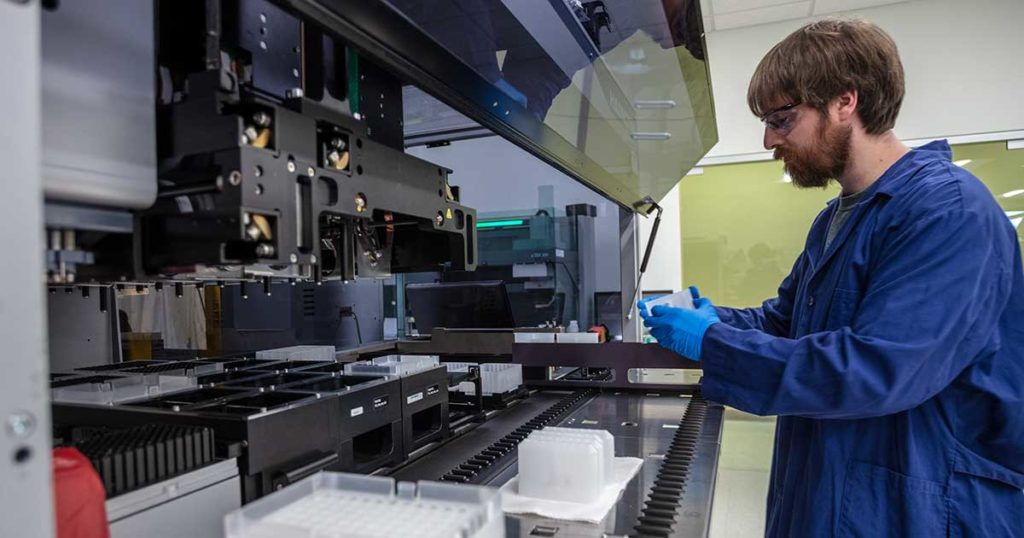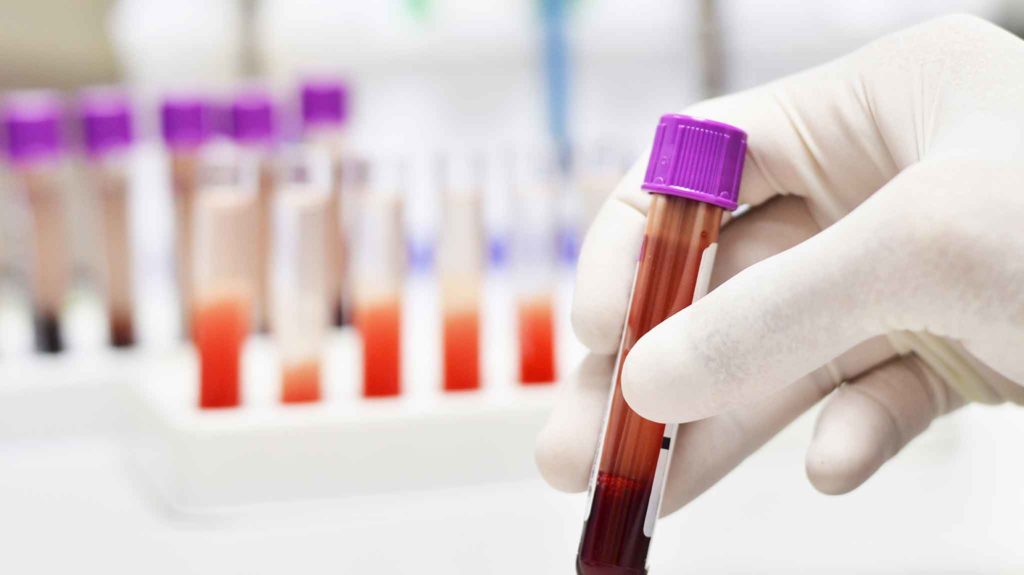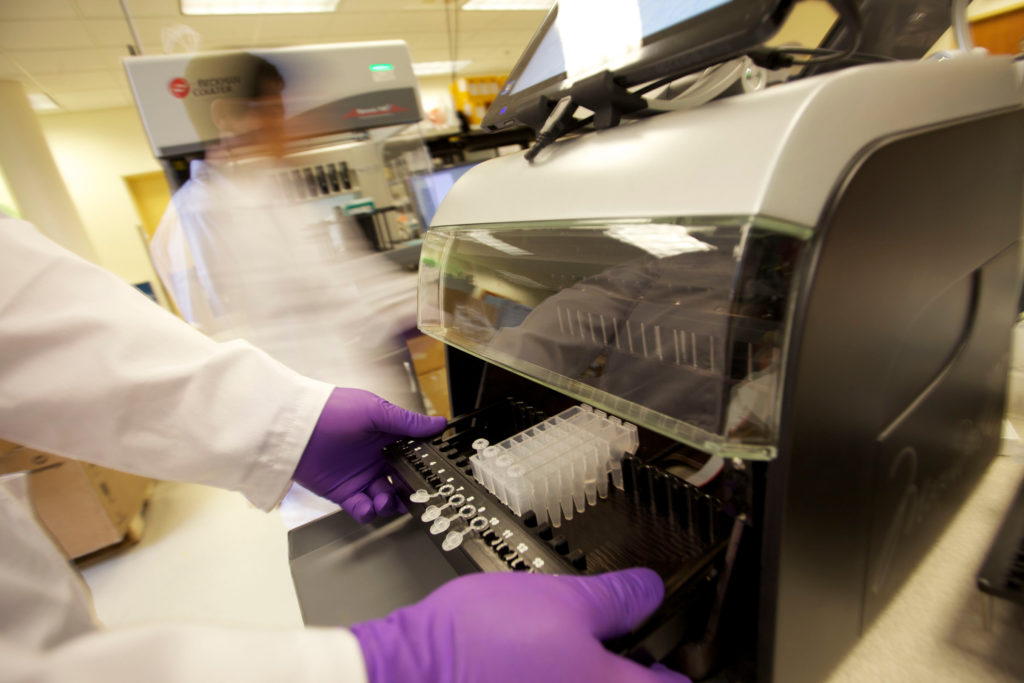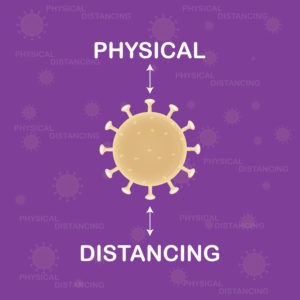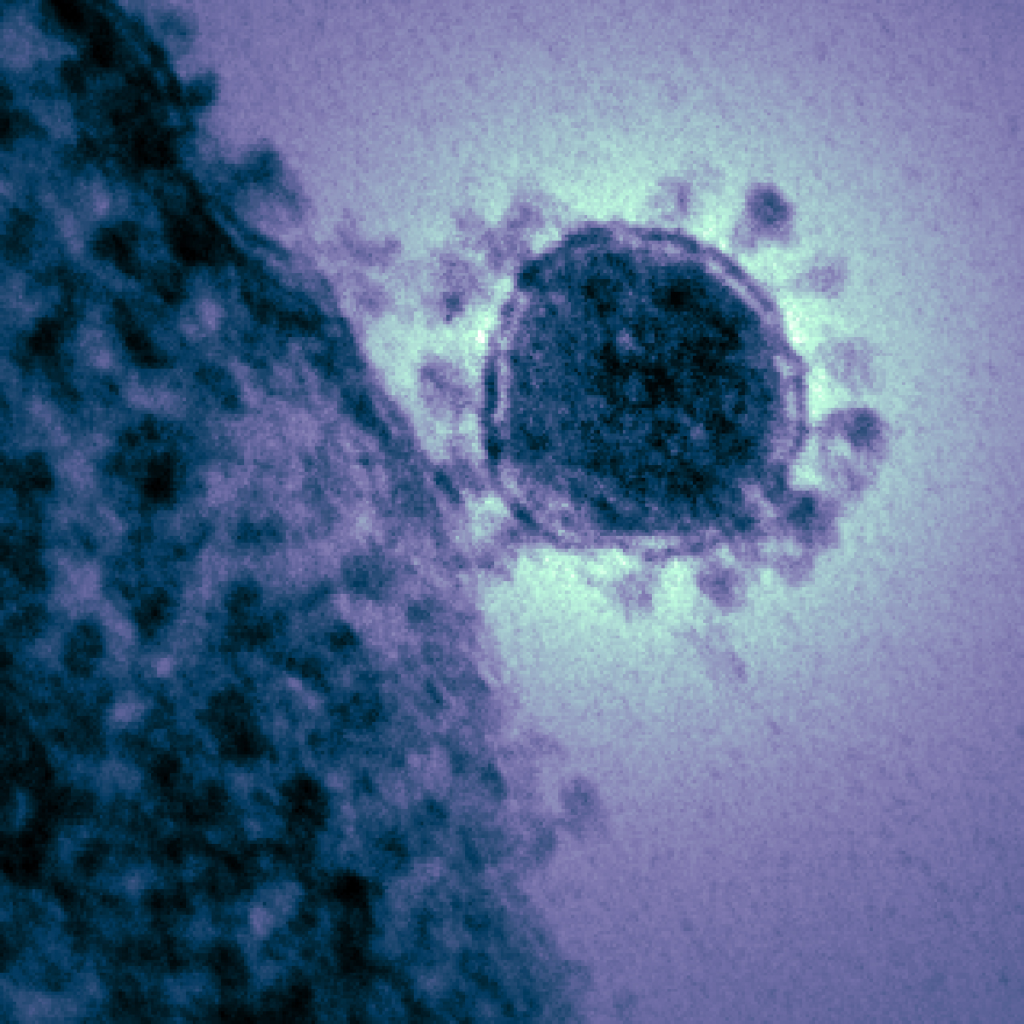Today’s blog is guest-written by Susanna Harris, who recently defended her PhD thesis at the University of North Carolina in Chapel Hill.
I just defended my PhD. Nearly six years of blood, sweat, and tears, most of which were cleaned up with Kimwipes while sitting at my desk in a laboratory facing out towards the UNC Chapel Hill football field. Nearly six years of work, all summed up in a handful of slides. Nearly six years of work, explained to my friends, family, and colleagues – a moment I had dreamed of since the fall of 2014.
What I hadn’t dreamed of? That I would be sitting at my small desk in the corner of my room, with no present audience aside from my snoring dogs. That there would be no dinner celebration that carried into a night of fun along Franklin Street. That, unseen by the viewers of my defense, I would be wearing sweatpants as my name changed from Ms. to Dr. Harris.

Why did I wear sweatpants when I could have worn literally anything in my closet? Because I think it’s hilarious. I believe this situation will end and we will walk away with memories and lessons learned from an extremely difficult time in the history of the world. I want to walk away with one more ridiculous story to add to a long list of “What even was that?” tales from grad school.
Working towards a PhD is hard at any time; let’s not pretend this pandemic isn’t making things even worse. I was fortunate in many ways that my advisor had already moved our laboratory to a new state in 2019, allowing me to adjust to meeting through webcams and working from home before the pandemic changed the lives of all North Carolinians. This has given me a unique perspective to tease out which problems come from distance working and which are the result of Safer-At-Home orders. Based on my experiences, here are a few tips, tricks, and words of warning.
Continue reading “Getting a PhD in Sweatpants: Guest Blog by Dr. Susanna Harris”
